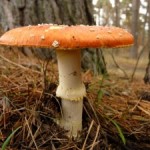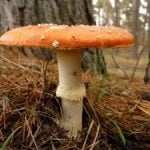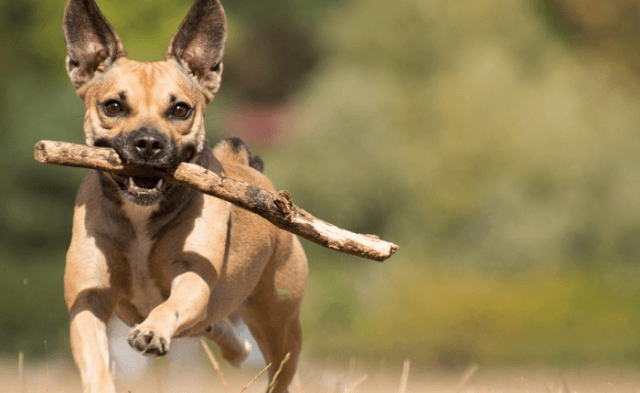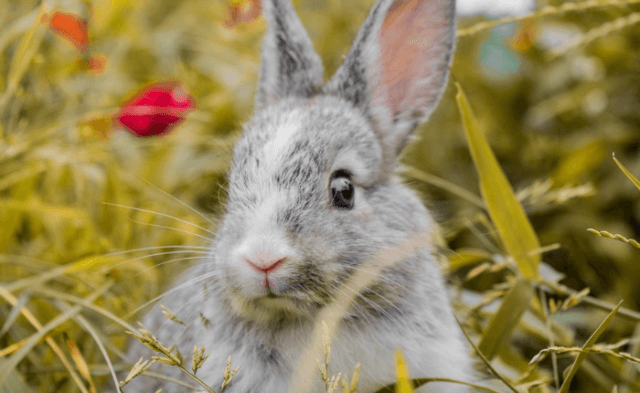
I live in Colorado, and we went through a soggy and cold—yet gorgeous—spring. Unfortunately, I’ve heard some horrific stories as a result about dogs suddenly dying because they ingested wild mushrooms in their own backyard. That’s why I want to make sure that everyone is aware of the potential dangers.
If you’ve had a wet spring, it’s best to patrol your yard for wild mushrooms and eradicate them immediately if you find any. The best way to remove them is to dig them up with a baggie on your hand (the same way you might scoop up your dog’s waste on a walk). If you kick the mushroom or remove only the top part of it, spores will spread and new mushrooms could begin to grow overnight. Check decaying material and wood—especially old tree trunks, limbs, or cedar fences—because mushrooms can thrive on them. Not all mushrooms are toxic, but they can make many dogs as well as humans sick with gastrointestinal illness or worse. The more toxic mushrooms can be fatal, causing severe liver damage that can occur rather quickly.
If you catch your dog eating wild mushrooms, get the pieces out of his or her mouth and take him or her to your vet immediately. Bring along the specimen. Since some wild mushrooms are not toxic, it’s best to know which type your dog ate. If he or she vomits the mushroom, take it to your veterinarian for examination. If your regular veterinarian is closed, the emergency vet fee will be well worth the cost if your pal has swallowed a toxic mushroom!
Use caution on walks. Many dog guardians let their dogs off leash—which is fine if it is an off-leash park—but that means the guardians are not observing their dogs’ actions every minute. If you suspect that there might be mushrooms around, be mindful and watch your dog. If your dog eats or even licks a toxic mushroom, he or she can become ill. Stay close and monitor your dog, especially if he or she is spending a lot of time in one area.
Also, when walking your dog through the neighborhood, watch what he or she tries to eat. Often, mushrooms can grow stealthily in the neighbor’s grass along the sidewalk, allowing easy access for your dog to eat or lick them.
As you head outside to enjoy the warm summer temperatures, be mindful of the many dangers that can lurk in a dog’s environment. It’s always far easier and less costly to prevent problems from environmental hazards such as mushrooms than it is to treat them.





